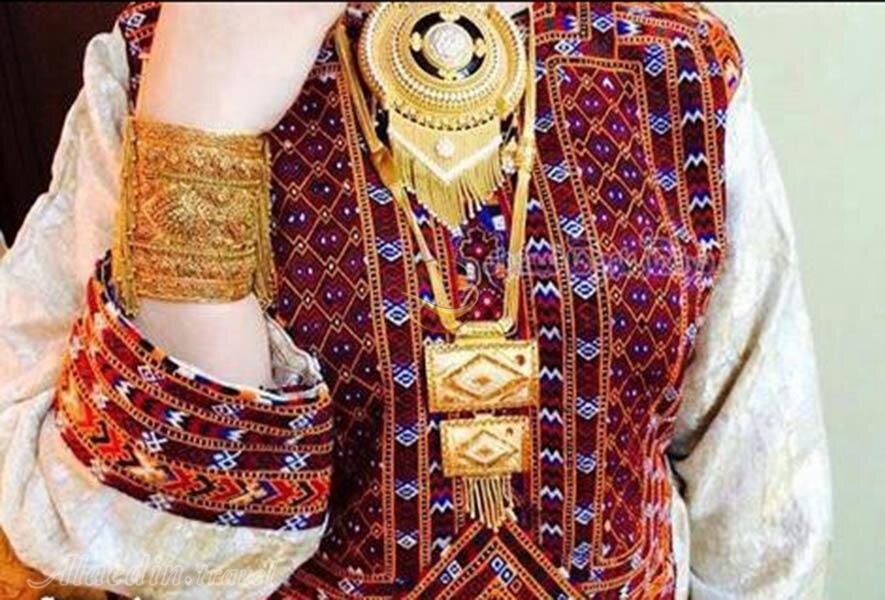Traditional jewelry of southeast Iran is ‘on the verge of oblivion’

TEHRAN – A handicrafts expert has warned that the art of traditional jewelry is on the verge of oblivion in the southeastern province of Sistan-Balouchestan.
This craft has become more and more neglected over the years, along with their construction, and there is a decrease in handmade jewelry making in the province, IRNA quoted Abdolmajid Sharifzadeh, who presides over the traditional art group of the Research Institute of Cultural Heritage & Tourism, as saying on Saturday.
Taking inspiration from the region’s culture and nature, the artists developed a complementary course of art, which unfortunately has been overshadowed due to their lack of support, the expert added.
Among the oldest types of traditional jewelry that are in a critical condition today are those used in the Sistan-Balouchestan, which need more attention and support, he explained.
The collective province -- Sistan in the north and Baluchestan in the south -- accounts for one of the driest regions of Iran with a slight increase in rainfall from east to west, and an obvious rise in humidity in the coastal regions. In ancient times, the region was a crossword of the Indus Valley and the Babylonian civilizations.
The province possesses special significance because of being located in a strategic and transit location, especially Chabahar which is the only ocean port in Iran and the best and easiest access route of the middle Asian countries to free waters.
The vast province is home to several distinctive archaeological sites and natural attractions, including two UNESCO World Heritage sites, namely Shahr-e-Soukhteh (Burnt City) and Lut desert.
ABU/AFM
Leave a Comment